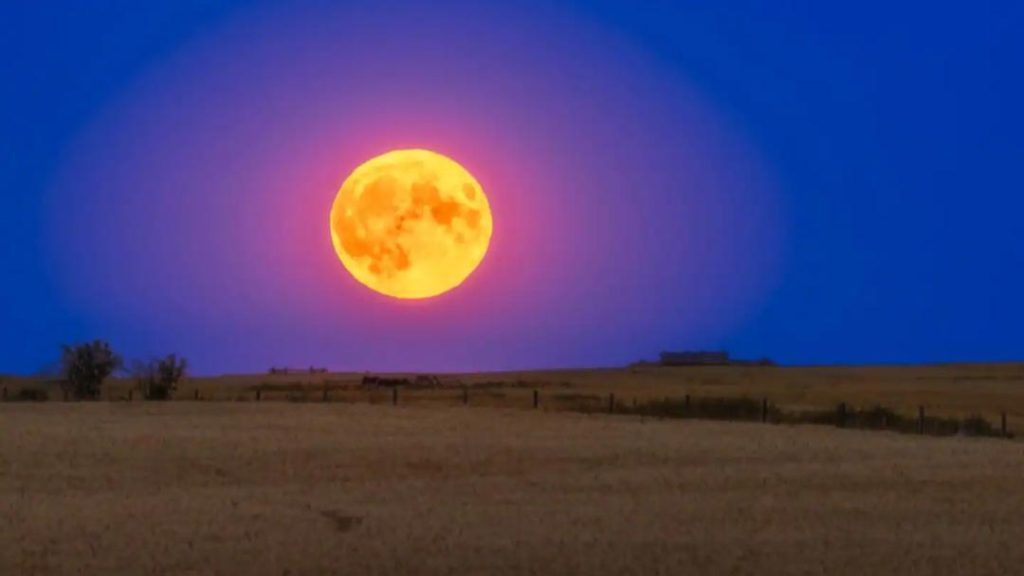
Buck Moon to Light up Skies on July 10 & 11
The Buck Moon, also known as July’s full moon, is set to make its appearance in the night sky on July 10 and 11. This full moon gets its name from Native American tribes like the Algonquin, who named it after the time of year when male deer, or bucks, begin growing new antlers. The Buck Moon is a significant astronomical event that will be visible in many parts of the world, including India and the United States.
Timing of the Buck Moon
The Buck Moon will peak at 3:08 am IST (Indian Standard Time) on July 11 in India. In the United States, the full moon will be visible at 4:38 pm EDT (Eastern Daylight Time) on July 10. This means that stargazers in the US will have a unique opportunity to witness the Buck Moon as the sun sets, while those in India will get to see it in the early hours of the morning.
Other Planets Visible in the Sky
While the Buck Moon is the main attraction, it won’t be the only celestial body visible in the sky. Mars, Venus, and Saturn will be visible before and after the moon peaks. This is a rare occurrence, as the positions of these planets and the moon are often difficult to align. Stargazers will have a chance to observe these planets in the days leading up to the full moon and in the days following it.
Significance of the Buck Moon
The Buck Moon has significant cultural and symbolic meaning for many indigenous communities. For the Algonquin people, the full moon in July marked the time when the deer began to grow their new antlers, signaling the start of the mating season. This full moon was often associated with fertility, abundance, and new life. Today, the Buck Moon remains an important cultural and spiritual event for many Native American communities, who continue to celebrate its significance and connection to the natural world.
How to See the Buck Moon
If you’re interested in witnessing the Buck Moon, here are some tips to help you make the most of this celestial event:
- Find a dark location: Get away from city lights and find a spot with minimal light pollution. This will help you see the moon and other celestial bodies more clearly.
- Dress warmly: Even in the summer, it can get cool at night, especially in the early morning hours. Dress warmly and bring a blanket or chair to make your stargazing experience more comfortable.
- Bring binoculars: Binoculars can help you get a closer look at the moon and other celestial bodies. You can also use them to observe the details of the moon’s surface.
- Download a moon-tracking app: There are many apps available that can help you track the moon’s position and phase. You can use these apps to plan your stargazing session and get updates on the moon’s visibility.
- Join a local stargazing group: Many cities have local stargazing groups that organize viewing sessions and events. Joining one of these groups can be a great way to meet other stargazers and learn more about the night sky.
Conclusion
The Buck Moon is a rare and significant celestial event that offers a unique opportunity to connect with the natural world. Whether you’re an avid stargazer or just looking for a new adventure, the Buck Moon is an event worth witnessing. So mark your calendars for July 10 and 11 and get ready to gaze up at the night sky in awe.
Source: https://www.newsbytesapp.com/news/science/buck-moon-2025-when-how-to-see-july-s-full-moon/story






